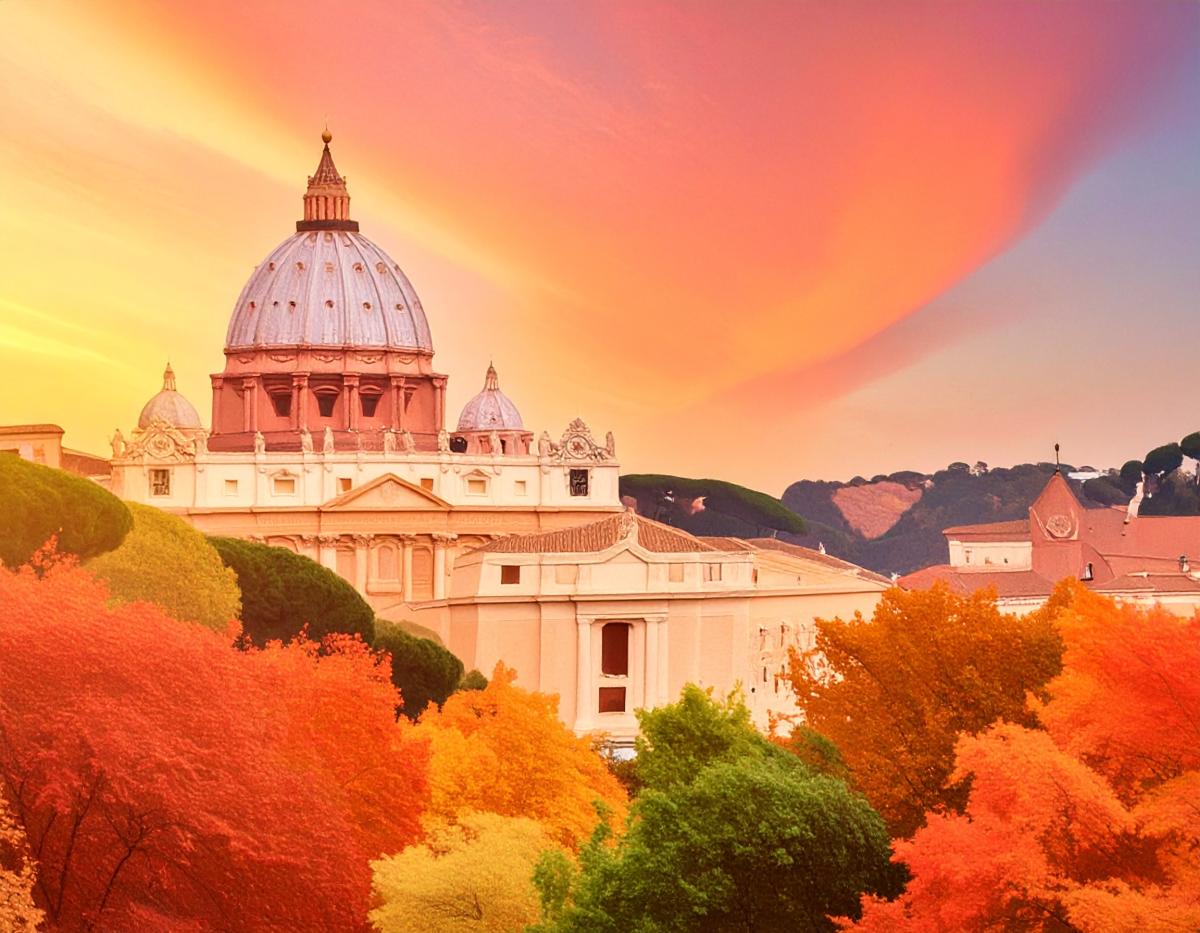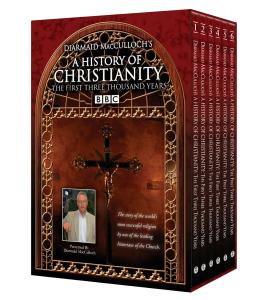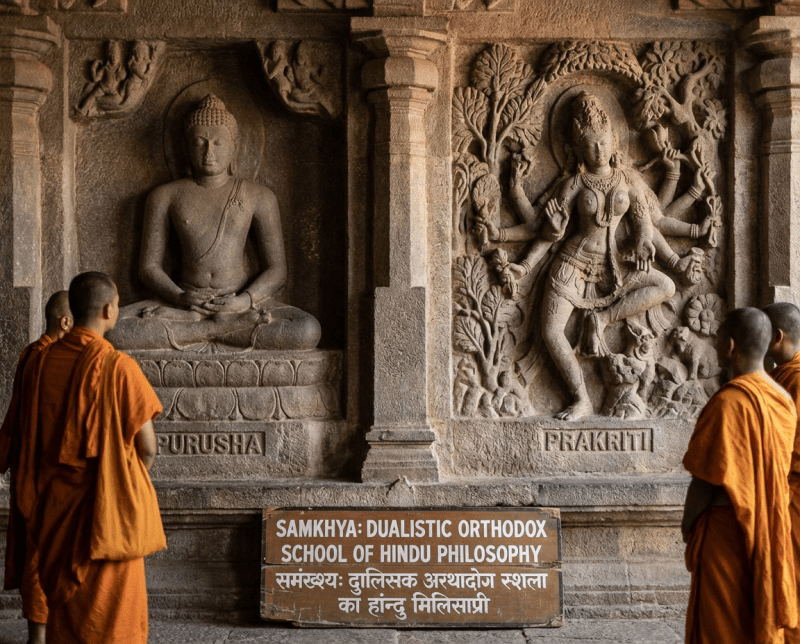Roman Catholicism is one of the oldest and largest branches of Christianity, encompassing over a billion people worldwide. This Christian church emerged from the person of Jesus, whom his disciples accepted as the Son of God and Savior for the world. Roman Catholicism, of course, is soaked in tradition and sacraments and hierarchy and a dependence on both Scripture and Sacred Tradition.
Historical Foundations
Roman Catholicism traces its origins to the early Christian communities in the 1st century CE, following the death and resurrection of Jesus. Catholics like to think of the Apostle Peter, their first pope, as the rock on which the Church is built. The very term ‘Catholic’ — meaning ‘universal’ — was coined in the early second century to refer to the Church’s mission to the ends of the earth.
The Edict of Milan, 313, which legalized Christianity in the empire, was a watershed. This culminated in the Council of Nicaea in 325, which addressed key theological disputes and set down fundamental dogma, like the Nicene Creed.
Over the centuries, the Church adapted itself organically to different cultures and civilizations, influencing art, politics, education, and social systems. But it was also contested, as in the Great Schism of 1054 that split Christianity between Eastern Orthodoxy and Western Catholicism, and the 16th-century Protestant Reformation that reshaped Christianity and led to the emergence of numerous Protestant denominations.
Beliefs and Doctrines
Roman Catholicism is founded on core beliefs articulated in the Nicene Creed. Key tenets include:
1. The Trinity: The belief in one God in three persons: the Father, the Son (Jesus Christ), and the Holy Spirit.
2. The Sacramental System: Catholics believe in seven sacraments instituted by Christ. These are Baptism, Confirmation, Eucharist (Communion), Penance (Confession), Anointing of the Sick, Holy Orders, and Matrimony. The sacraments are channels of grace that impart spiritual benefits and nurture the faithful in their devotional journey.
3. Authority of the Pope: The Pope, based in Vatican City, is considered the successor of St. Peter and the spiritual leader of Catholics worldwide. The papacy is needed for the Church’s unity and doctrine.
4. The Bible and Sacred Tradition: Roman Catholics hold that both the Bible and Sacred Tradition—consisting of teachings and practices handed down through the centuries—are vital sources of faith. The Church holds that scripture reading is guided by the Magisterium, or the Church’s teaching authority.
5. Salvation: Catholics conceive of salvation as a pilgrimage in faith, works, and grace. They emphasize the value of good works and being faithful to Christ as being in alignment with God.
6. The Virgin Mary and the Saints: Catholic devotion to Mary, the mother of Jesus, includes beliefs in her Immaculate Conception and Assumption. They also venerate saints as intercessors who potentially could pray for believing humans.
Worship and Liturgy
At the center of Catholic worship is Mass, with its liturgical readings, prayers, and hymns, and the Eucharist. In the Eucharist, Catholics believe in transubstantiation — the bread and wine become the body and blood of Christ. This sacramental feast is important to communal and individual spirituality.
The liturgical year, with its seasons of Advent, Christmas, Lent, and Easter, guides the rhythm of worship and provides a framework for reflection and growth.
The Church Community
The Catholic Church is the community of the faithful, the ‘Body of Christ’. This ecclesial component emphasizes the importance of being an active member of a parish community and participating in the life of the church. The Church also champions social justice–for the poor, for the outcast, for peace, and for the dignity of all people.
Outstanding Challenges and New Directions
The contemporary world brings numerous challenges for the Catholic Church, including secularism, declining membership in some regions, and hot-button positions on social topics. The Church’s responses to contemporary issues, such as sexuality, the role of women, and interfaith communication, are one instance of this evolution.
With recent Popes, most notably Francis, the church has charted a new openness to the world’s moral and social issues while favoring forgiveness and compassion. Pope Francis’s focus on addressing climate change, poverty, and global inequality is the Church evolving without losing its footing.
Conclusion
Roman Catholicism, with its hundreds of years of history, tradition, and theology, still looms large on the world religious stage. It provides a creed and faith to millions of followers, governing not just private lives but the entire globe. As it confronts the age, the Church continues toward a balance between faith and ancient and contemporary culture, maintains its mission of evangelism and tending to humanity.
History of Christianity: The First Three Thousand Years
directed by Gillian Bancroft & Sian Salt
Product information
Product Review Score
4.56 out of 5 stars
13 reviews



